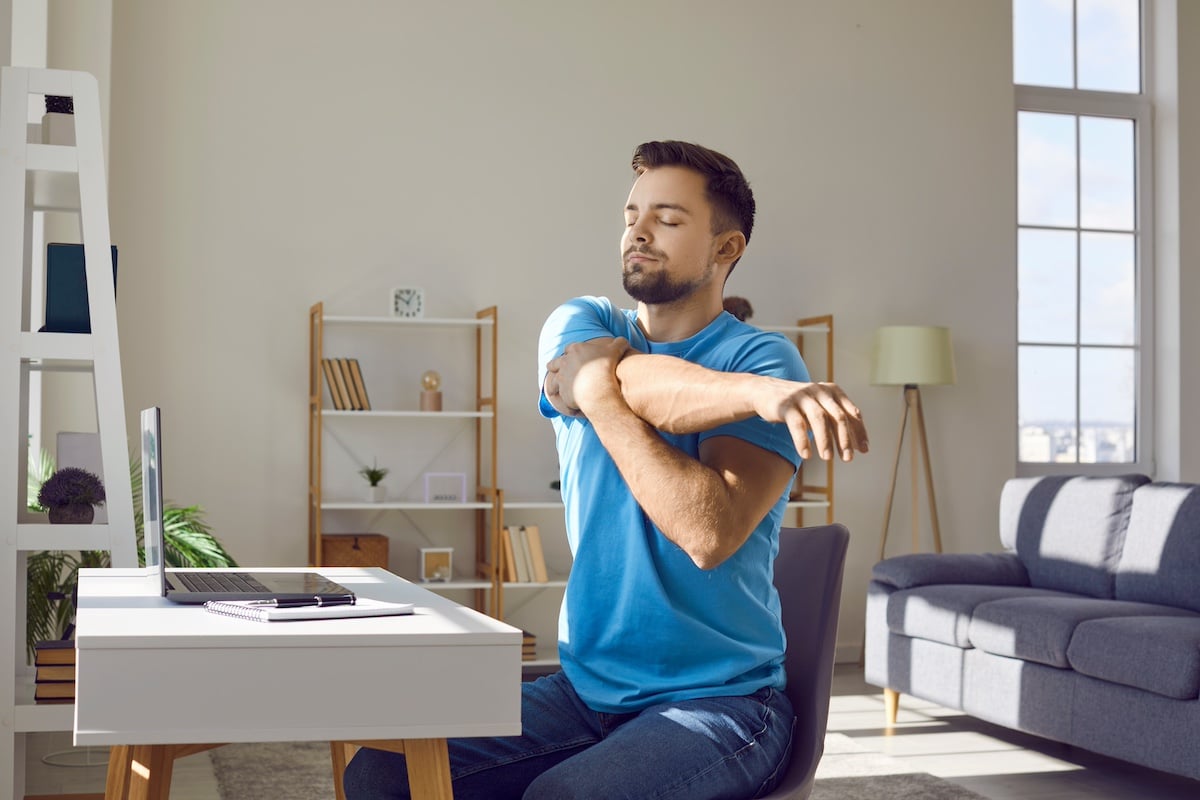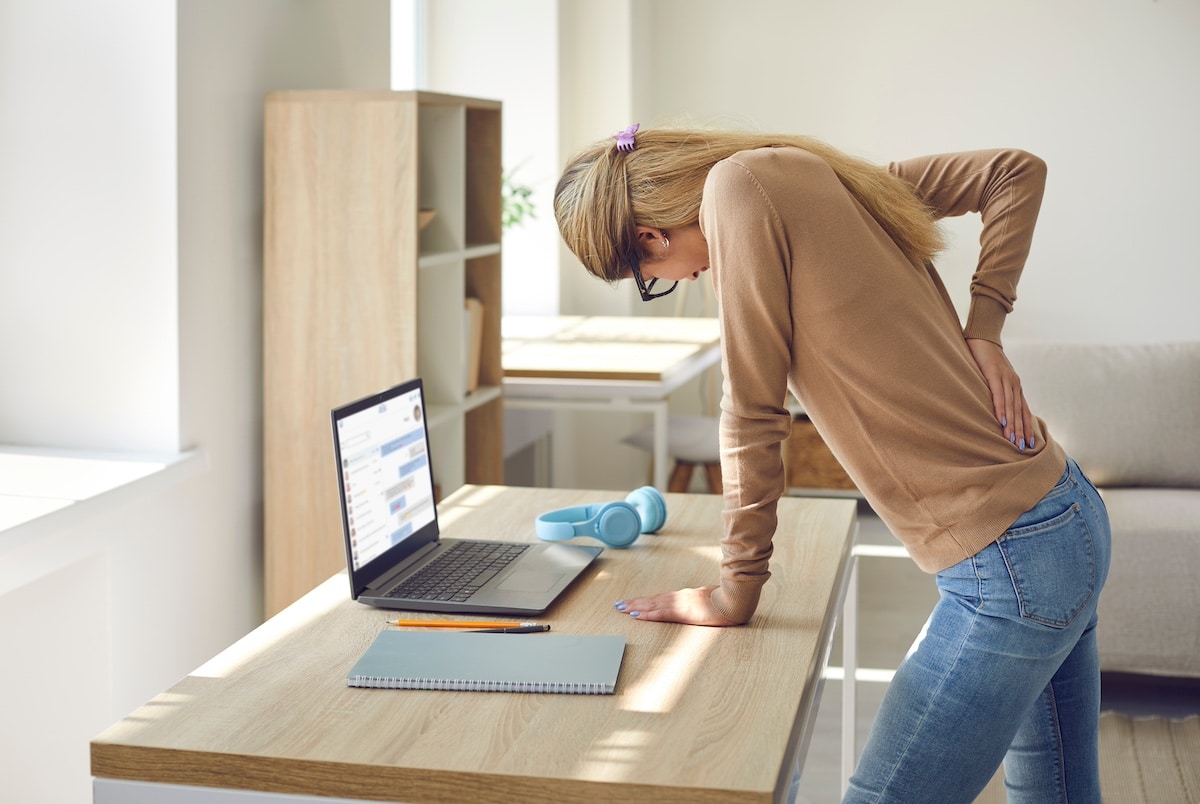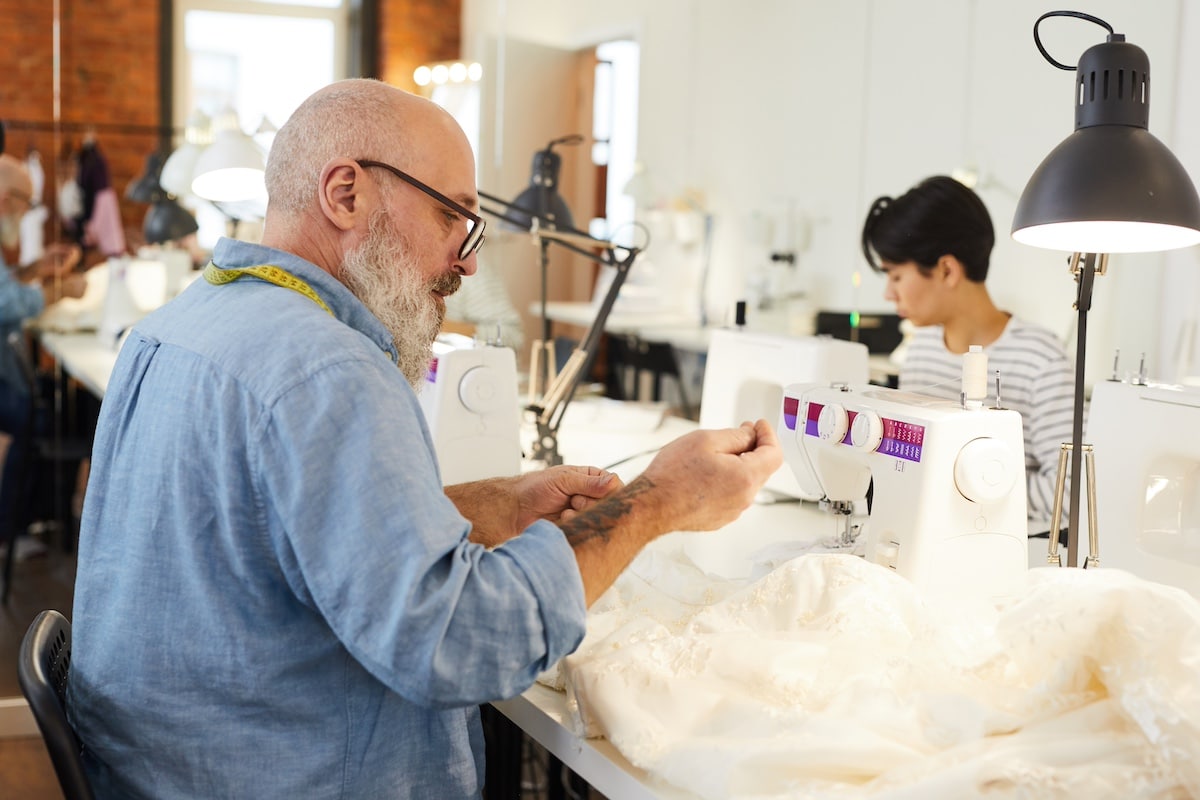
Move More, Sit Less: Innovative Approaches to Reduce Workplace Sedentarity
The prevalence of prolonged sitting during work hours, known as workplace sedentarity, has increased with the rise of technology-based work environments. Most tasks are now performed while seated, leading to minimal physical activity. This is a widespread trend, with many employees spending most of their eight-hour workday seated. Such sedentary behavior not only poses physical health risks like cardiovascular diseases and obesity but also affects mental and emotional well-being.
Therefore, it is crucial to address and actively reduce workplace sedentarity. A comprehensive approach is necessary, including ergonomic workplace design, implementing corporate well-being programs, and encouraging individual behavioral changes.

The Risks of a Sedentary Lifestyle
Various aspects of physical and mental health
Extended sitting has been consistently linked to various health risks due to prolonged inactivity. This sedentary behavior impedes blood flow and the body’s ability to regulate blood sugar and break down fat, contributing to a heightened risk of heart disease. Research indicates that those who sit for extended periods are more likely to develop heart disease compared to their more active counterparts.
The health concerns associated with prolonged sitting extend beyond heart disease. Long sitting durations contribute to weight gain due to lower energy expenditure than standing or moving. This sedentary behavior is closely associated with the development of a cluster of conditions including increased blood pressure, elevated blood sugar levels, excess body fat around the waist, and abnormal cholesterol or triglyceride levels. Together, these conditions increase the risk of further health complications such as stroke and type 2 diabetes.
The physical implications are further compounded by musculoskeletal issues, such as lower back pain, neck strain, and other problems related to poor posture during prolonged sitting, which can lead to long-term discomfort and disability.
Mental health is also impacted by sedentary behavior. The lack of physical activity can increase the risk of mental health issues like depression and anxiety, as regular movement and exercise are known to release endorphins that improve mood and reduce stress.
Additionally, sitting for long periods, especially in confined spaces, poses a risk for deep vein thrombosis, where blood clots form in the veins, potentially leading to severe complications if a clot travels to the lungs.
Emerging research also suggests that excessive sitting might impact cognitive health, possibly affecting memory, focus, and even increasing the risk of dementia.
Prolonged sitting poses many health risks, affecting physical, mental, and cognitive health. Therefore, it is crucial to incorporate more movement into daily routines, especially for those with sedentary jobs or lifestyles.
Significant statistics and studies
A study published in BMC Public Health has revealed that sedentary behavior has increased significantly across the European Union between 2002 and 2017. The study found that European adults sitting for more than 4:30 hours daily rose by 8% during this period, from 49.3% in 2002 to 54.3% in 2017. Notably, countries like Spain, Germany, and France experienced substantial increases in the number of sedentary adults.
Meanwhile, the reports from European Agency for Safety and Health at Work, underscore the critical need to address and adapt to changing workplace behaviors, particularly the increase in sedentary lifestyles.

The Psychology Behind Sedentarity
The nature of modern work environments and societal trends
The shift towards computer-based work and technological advancements in the modern corporate sector has resulted in a more sedentary workforce. Employees now spend extended periods at their desks, with office layouts primarily designed around desks and computers. This sedentary nature of work is further heightened by long working hours and high workloads, making it challenging to take regular breaks for physical activity.
The current office culture, which often views being at one’s desk as a sign of productivity, hinders taking regular movement breaks. The comfort of sitting, especially for tasks requiring high concentration, discourages standing or walking intervals. Additionally, the rise of remote work has worsened sedentary habits due to the absence of commuting and the convenience of working from home.
There is a need for more awareness about the health risks associated with prolonged sitting, which leads to a gap in employee and employer initiatives to combat sedentary behaviors.
To address sedentary work habits, it is crucial to rethink workplace designs and culture and raise awareness about the importance of physical activity. Encouraging movement in the workplace is not solely a matter of personal choice but a collective effort.

Sedentarity in Different Work Environments
How various workplaces contribute to sedentarity
In many professional settings, work demands often result in sedentary behavior. Let’s take a closer look:
- Conventional Offices: Employees spend long hours at desks, mainly doing computer-based tasks. Meetings usually take place in conference rooms where participants remain seated. The office layout often centralizes workstations and equipment, reducing the need for movement.
- Remote Work: The shift to remote work has introduced a new level of sedentarity in the workplace. Home workspaces often lack the structure of traditional offices, and extended sitting periods can become commonplace due to the comfort of being at home. The absence of commuting also reduces opportunities for physical activity like walking.
- Co-working Spaces: These environments usually replicate traditional office layouts with communal desks and seating areas. Despite offering social interaction opportunities, the nature of work in these spaces often remains sedentary.
- Active Work Environments with Sedentary Elements: Even in typically dynamic settings like manufacturing plants or laboratories, specific roles may involve prolonged sitting, such as monitoring processes or conducting research at control stations.
- Managerial and Administrative Roles in Retail and Service: Despite being in more physically active sectors, these roles often involve sedentary tasks like handling paperwork and scheduling.
These examples across different work environments underscore the widespread nature of sedentary work habits and the need for adaptive strategies to encourage more active and dynamic work conditions.

Innovative Solutions to Reduce Sedentarity
Ergonomic furniture
Innovative ergonomic furniture options like treadmill desks and balance chairs can effectively reduce sedentary behavior in the workplace. A treadmill desk combines a standing desk and a treadmill, allowing users to walk slowly while working. This integration decreases sitting time and boosts physical activity, which has been shown to benefit cardiovascular health, aid in calorie burning, and enhance mood and productivity.
Balance or active sitting chairs are designed to activate core muscles and promote better posture. These chairs often have an unstable base or a ball-like seat, prompting slight, continual movements to maintain balance. This form of active sitting is beneficial for strengthening core muscles, alleviating lower back strain, and improving posture and blood circulation. They are helpful for individuals who find standing for long periods challenging but still want to reduce the health risks associated with prolonged sitting.
Integrating these types of ergonomic furniture into office settings can create a more dynamic and health-conscious work environment. While they offer significant benefits, it’s vital to implement these solutions gradually and in conjunction with other health practices. Additionally, adjusting the furniture to meet individual ergonomic needs is crucial to maximizing comfort and minimizing the risk of strain or injury.
Technological solutions to encourage movement
Wearable devices are becoming increasingly popular as they help track physical activity, steps, and calories burned and even monitor standing hours. These devices offer real-time data and goals to motivate more movement throughout the day, fostering healthier habits by featuring reminders to move after periods of inactivity.
Similarly, different software or applications serve as tools to remind users to take breaks and move. They alert users after inactivity, suggesting activities such as stretches or short walks, breaking the cycle of prolonged sitting. These applications balance productivity and health by regularly prompting movement, especially for users engaged in focused tasks for extended periods.
Some software solutions include guided exercises or stretches tailored for desk-bound workers, featuring video guides for office-friendly physical activities. Many mobile apps, from basic pedometers to advanced fitness and health trackers, encourage regular movement and exercise, which can be customized to remind users to be physically active at intervals.
Emerging technologies such as virtual reality (VR) and gamification are also used to promote physical activity more engagingly. VR experiences that require movement offer an entertaining approach to reducing sedentary habits, while gamified challenges add an element of fun and motivation to achieving daily activity goals.
Effectively designed office, more dynamic work environment
Enhancing workplace design for better health and productivity involves several approaches. One of the ways is to place common areas like printers farther from workstations. This encourages frequent walking, increases physical activity, and provides mental breaks. Open-plan offices or flexible seating arrangements enable movement and collaboration, allowing employees to change their working locations, thus improving mobility. Informal meeting spaces, like standing meeting rooms or breakout zones with high tables, promote standing and moving during discussions, reducing the time spent sitting in conventional meeting rooms.
Making stairs more accessible and appealing than elevators, through aesthetic improvements or motivational signage, can motivate employees to use them more frequently, further enhancing physical activity. Integrating elements of nature into the office design, a concept known as biophilic design, improves overall well-being and encourages movement while reducing stress and increasing productivity.
Creating different areas designated for specific types of work, such as collaboration or relaxation, encourages employees to move around the office based on their immediate tasks. Incorporating recreational facilities like gyms, yoga rooms, or game areas provides convenient exercise options during breaks. Providing outdoor workspaces with Wi-Fi, such as terraces or gardens, encourages employees to enjoy fresh air and a change of scenery while working. Overall, these design strategies significantly contribute to the health and well-being of employees, fostering a more active lifestyle and enhancing workplace creativity, collaboration, and productivity.

Behavioral and Cultural Changes
Individual behavior change is key
Incorporating regular breaks every hour into your workday is essential to reduce the risks associated with prolonged sitting. These breaks can include standing, stretching, or brief walks, and they counter physical inactivity and alleviate mental fatigue. Adding stretching exercises to your daily routine can prevent muscle stiffness, enhance circulation, and maintain flexibility, reducing musculoskeletal issues.
Transforming traditional seated meetings into walking meetings for smaller groups or individual discussions encourages physical activity and can boost engagement and creativity. Technology can be utilized to set and monitor movement goals, providing a helpful reminder to stay active.
Simple lifestyle changes, such as walking or cycling to work, parking farther away, or opting for stairs over elevators, can significantly increase daily physical activity. Being mindful of opportunities to move, such as standing during phone calls or taking longer routes to common areas, also contributes to a more active lifestyle.
Paying attention to posture and ensuring an ergonomic setup at your workstation is vital for overall health. Staying hydrated prompts more frequent movement to refill your water bottle, and using lunch breaks for short walks or exercises can effectively break up prolonged sitting periods.
Setting realistic and achievable physical activity goals and progressively increasing them can foster a more active workday. The key is to start with small steps and gradually build up to more significant changes, making physical activity an enjoyable and natural part of your daily routine.
Managers and HR: creating and nurturing an active work environment
To promote a healthy work environment, managers and HR can set an example by participating in well-being programs, establishing a positive tone for the organization. Investing in ergonomic furniture and offering subsidies for remote workers’ home office setups is essential to improve physical comfort and reduce sedentary behavior. Customized well-being programs that cater to the diverse needs of employees, such as fitness challenges and yoga sessions, can promote overall well-being.
Flexible work policies that allow employees to exercise during the day, such as adjustable hours or extended breaks for gym visits, can be beneficial. Encouraging walking meetings can reduce sitting time and increase creativity. Additionally, designing the workplace to promote movement, such as strategically placing shared resources or creating relaxation zones, can result in a more active environment.
Team-building activities focusing on physical activities can enhance team spirit while promoting fitness. Recognizing and rewarding employee participation in well-being activities can further motivate employees. Regularly seeking and adapting to employee feedback ensures the effectiveness and relevance of these initiatives.
By implementing these measures, you can create a work culture that values and encourages employee well-being, which may increase morale, productivity, and job satisfaction. Remember, creating an active work environment is a continuous commitment that requires ongoing assessment and adaptation to meet the evolving needs of the workforce.
Conclusion
The issue of sedentary behavior in modern workplaces is widespread. This lifestyle contributes not only to physical ailments such as cardiovascular diseases, obesity, and diabetes but also affects mental health, increasing the likelihood of depression and anxiety.
Ergonomic workplace designs have been introduced to combat this challenge. Technological tools like wearable fitness trackers and software that remind users to move are also gaining popularity.
The design of various workplaces inherently promotes sedentary behavior. Traditional offices, with their focus on individual workstations, encourage prolonged sitting. At the same time, the rise of remote work often results in even less physical activity, attributed to the comforts of home and lack of commuting.
Managers and HR departments play a vital role in addressing these issues. Their actions, such as participating in wellness programs and promoting a culture that values physical activity and regular breaks, are crucial in improving employee health and productivity. Customizing solutions to suit different workplace settings and individual needs is essential for effectively combating sedentary behavior.
To make a change, you must evaluate your work habits and identify opportunities for increased movement. Simple actions like standing periodically, using the stairs, or advocating for workplace changes can have significant health benefits. Starting with small steps and gradually incorporating more changes can lead to a healthier and more active work life. Everyone’s effort counts in creating a healthier, more dynamic workplace environment. Your health is valuable; taking the first step towards an active work life is essential.